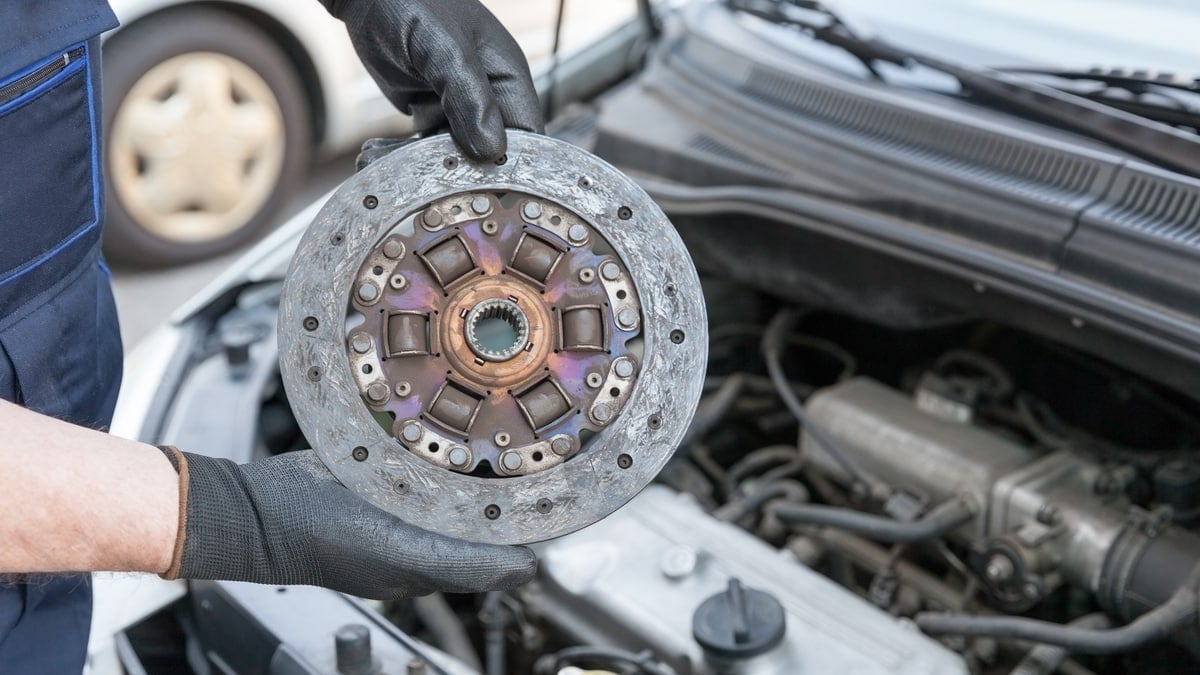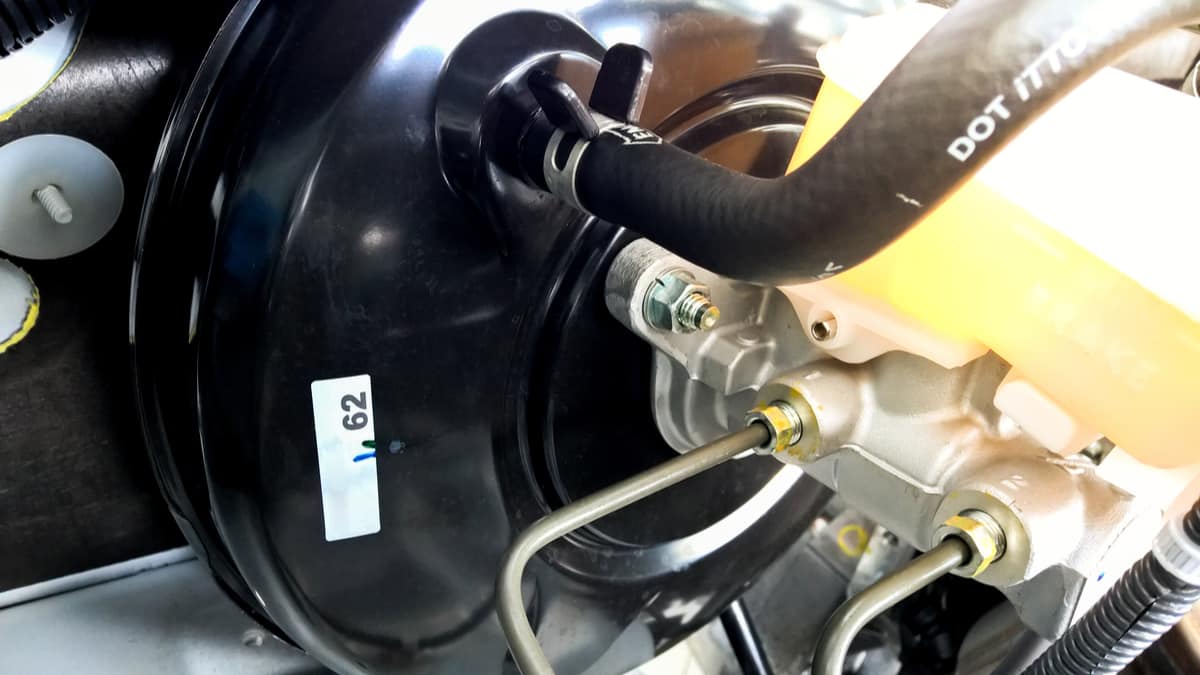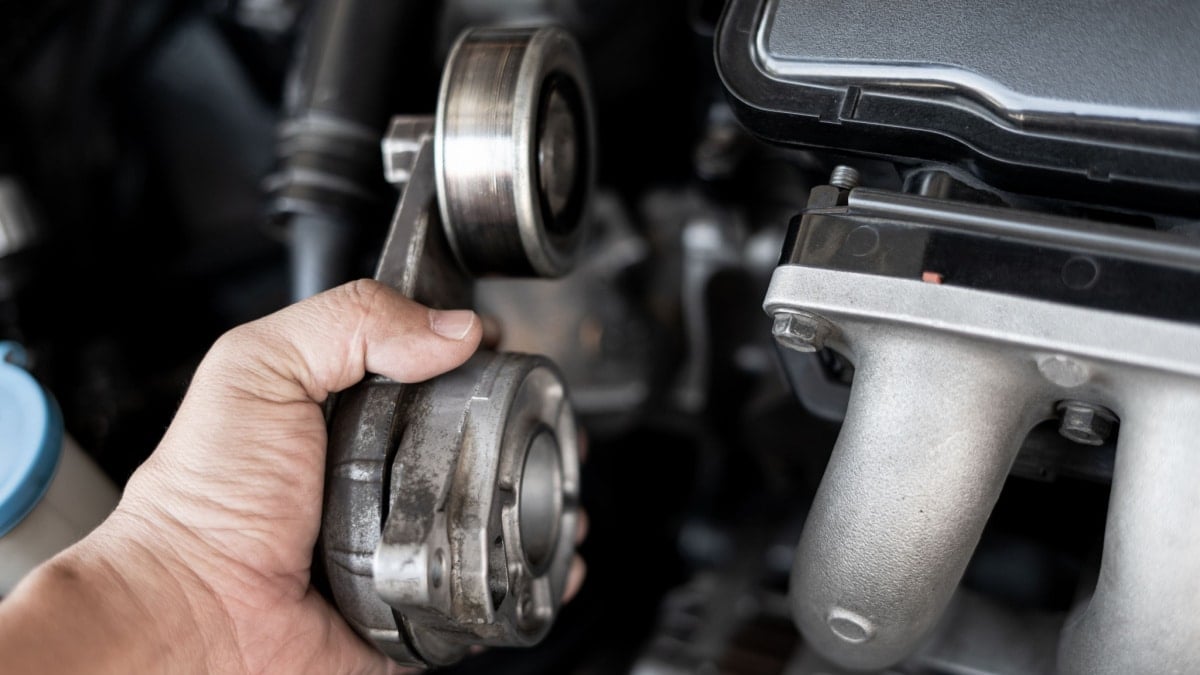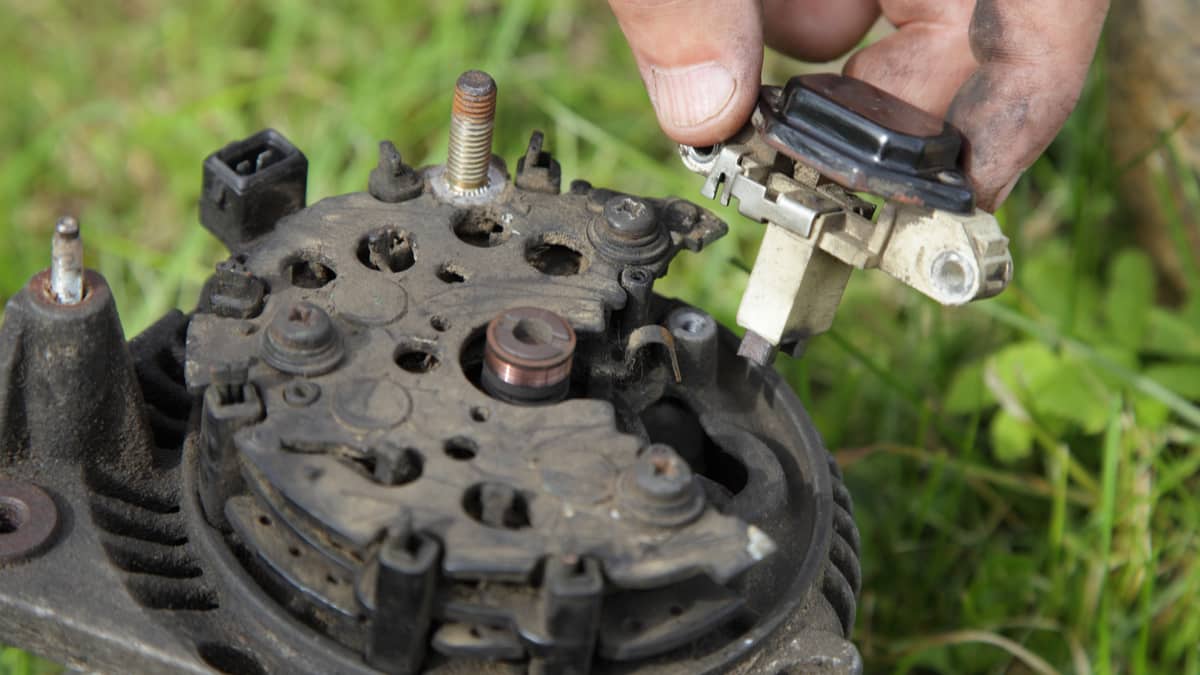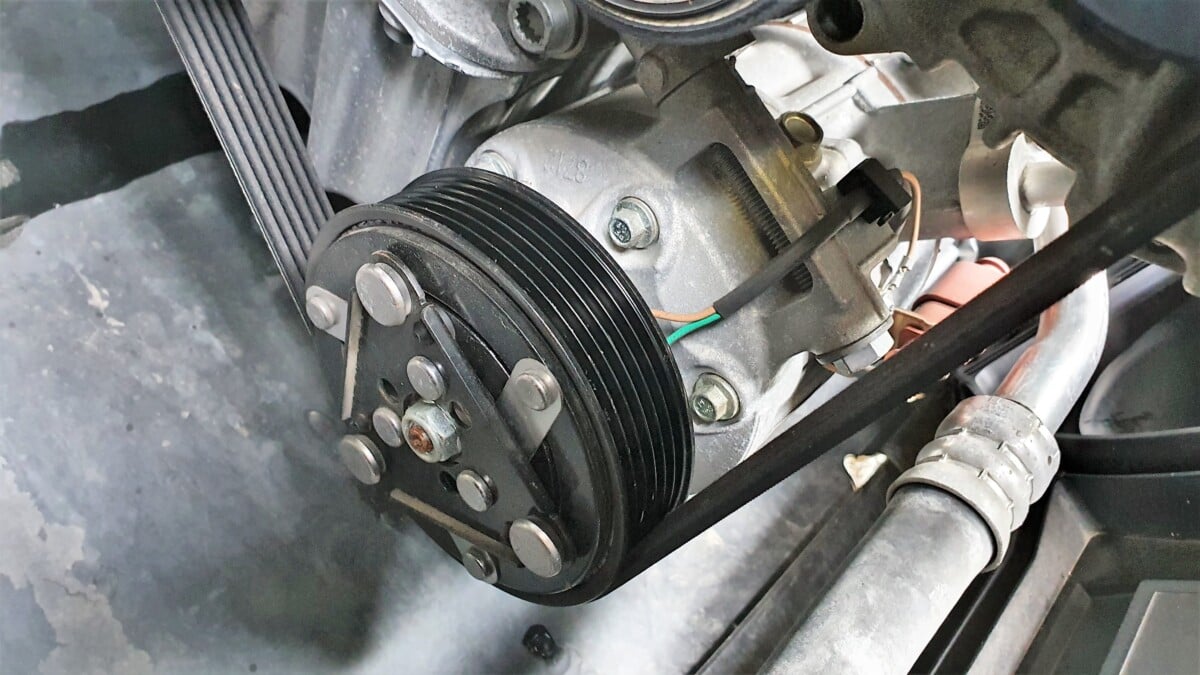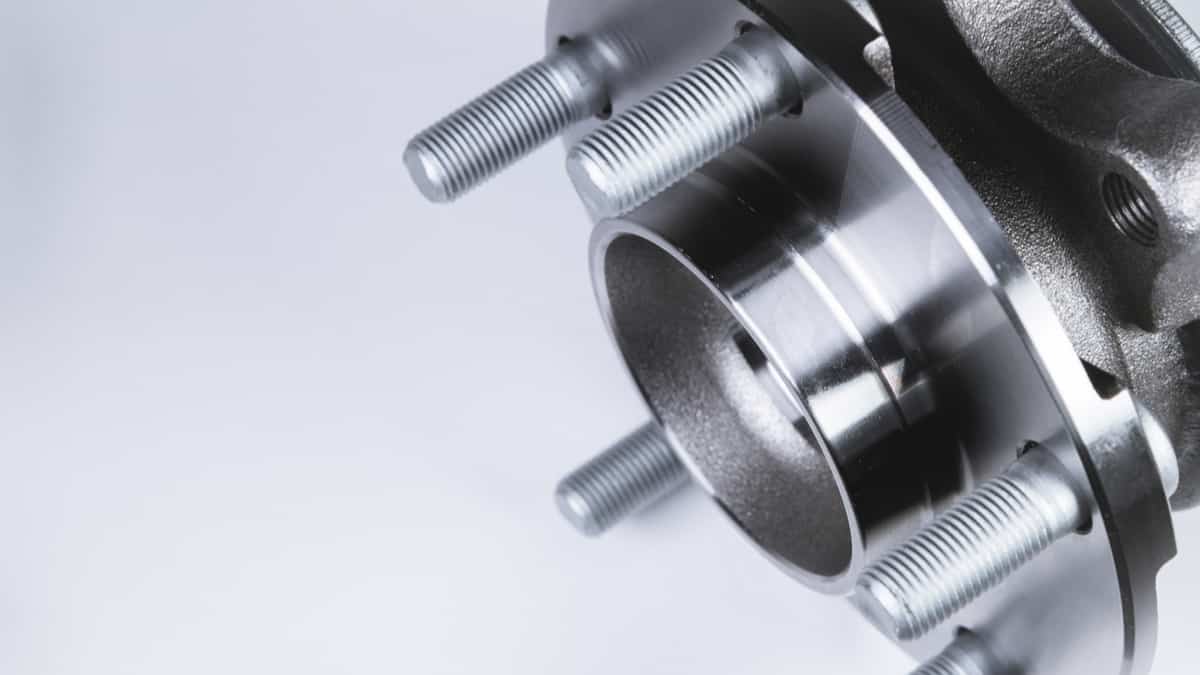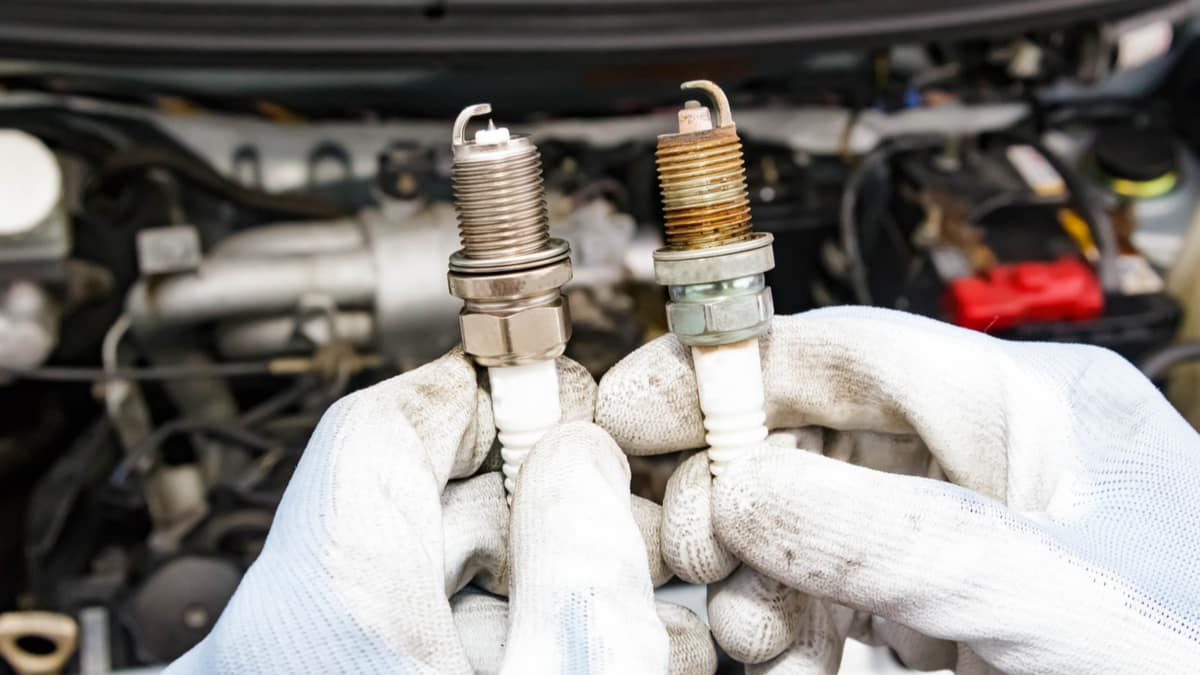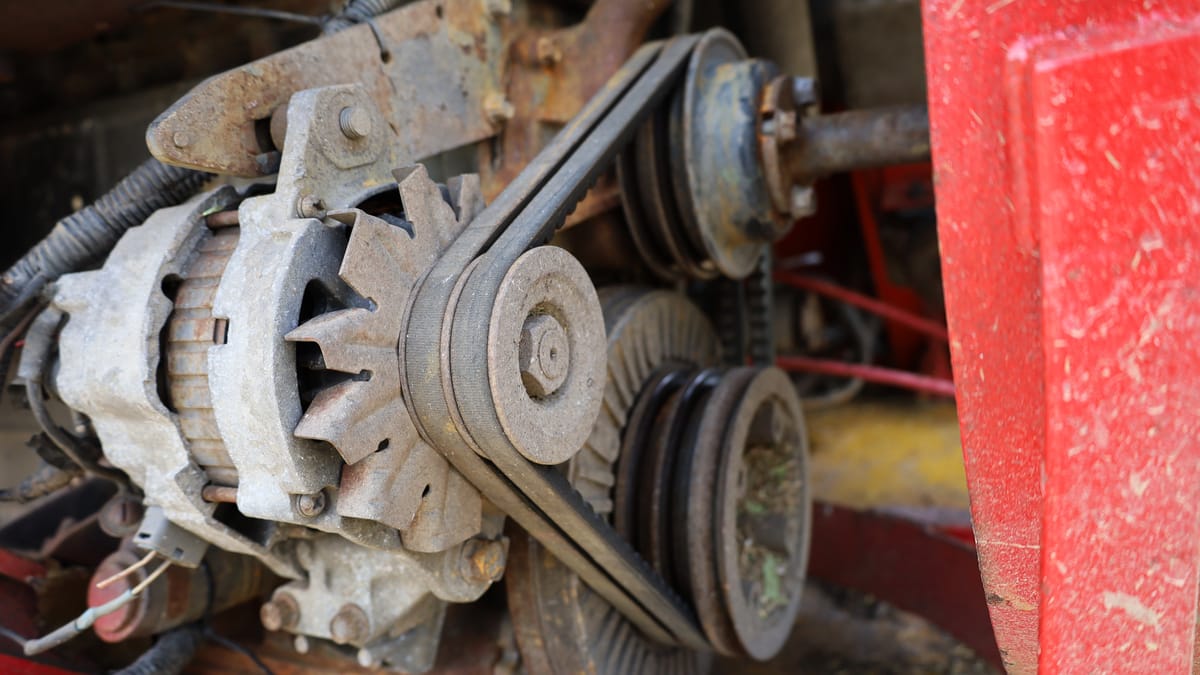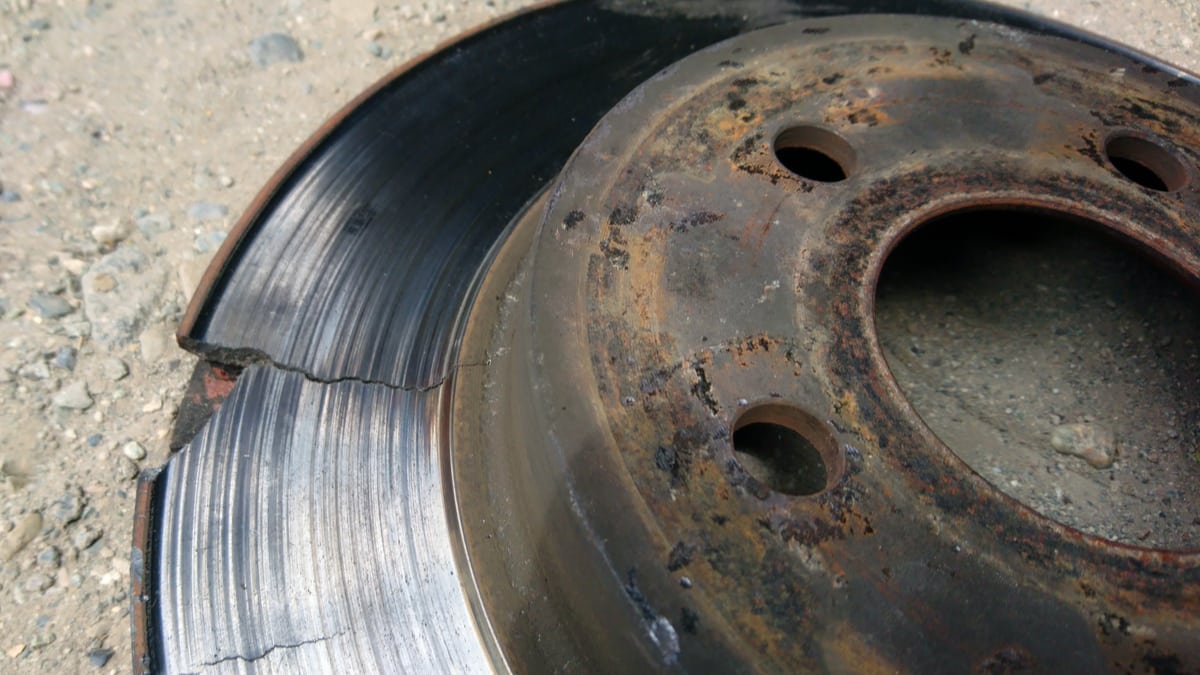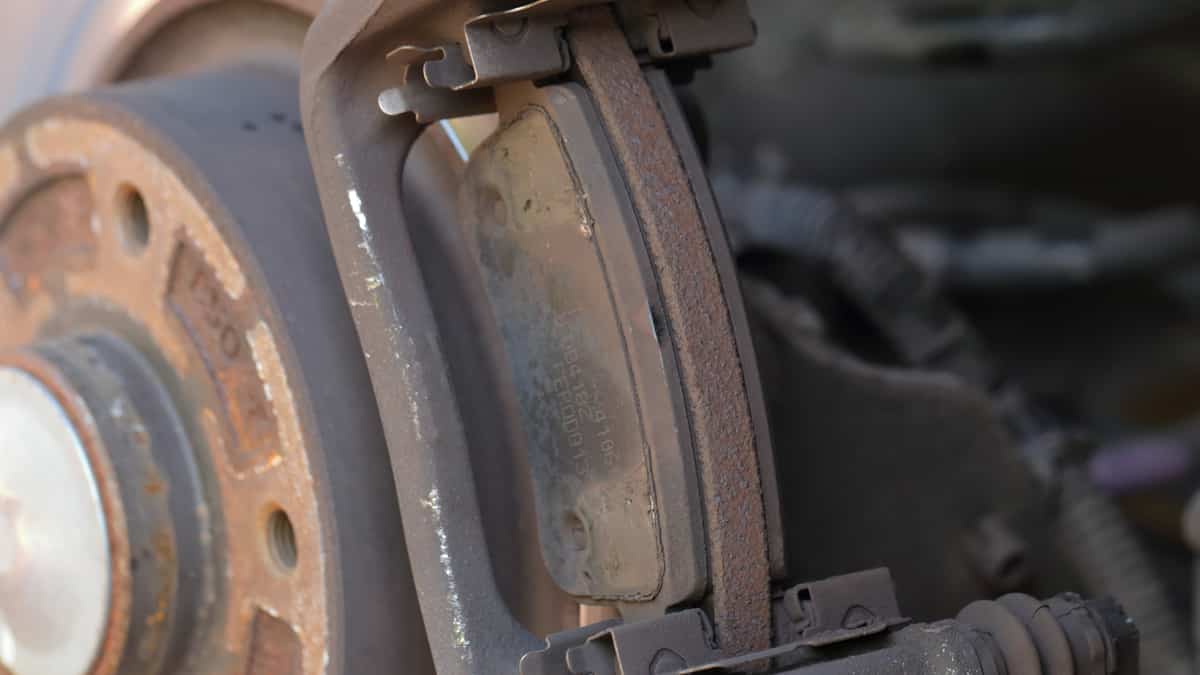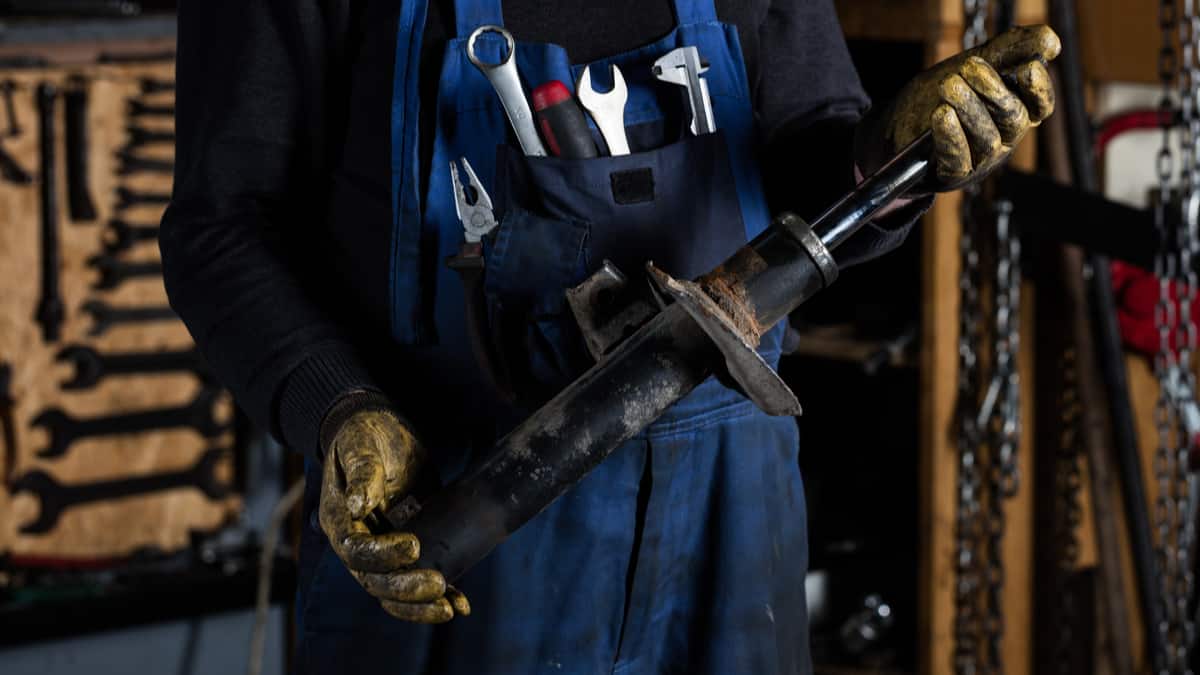Modern vehicles use a robust and advanced clutch system designed to last over 100,000 miles, depending on the vehicle model and brand.
However, rough driving conditions can quickly damage the clutch and reduce its life drastically.
But how do you know if the clutch is going bad or worn, and how much will it cost to fix t?
In this article, we discuss the common bad clutch symptoms and how you can get the issue fixed. Let’s begin with a quick overview of the signs to look for.
Symptoms Of A Worn or Bad Clutch
The most common symptom of a worn clutch is a slipping clutch during acceleration. You may also notice that the clutch pedal engages higher up than usual. You can also notice any strange clutch pedal behaviors like a stiff or soft pedal.
Here is a more detailed list of the signs of a bad or worn clutch to look for:
1. Slipping Clutch
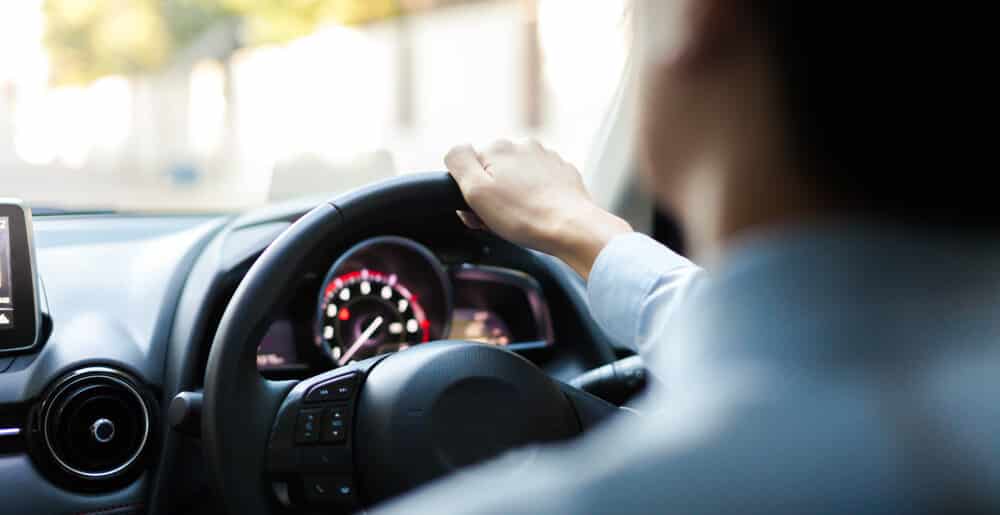
The first issue you may notice when you have a bad clutch is that it will slip when you accelerate. A damaged clutch tends to slip, especially when driving uphill or when transporting heavy loads.
You will notice that the engine speed increases, but the car doesn’t go faster, or the engine RPM does not match the speed increase. A slipping clutch overheats other components and increases the intensity of the damage.
Your clutch can also be so bad that the car will not move at all, either forward or backward, but in this case, you should have noticed that it was slipping before.
2. Clutch takes higher up than usually
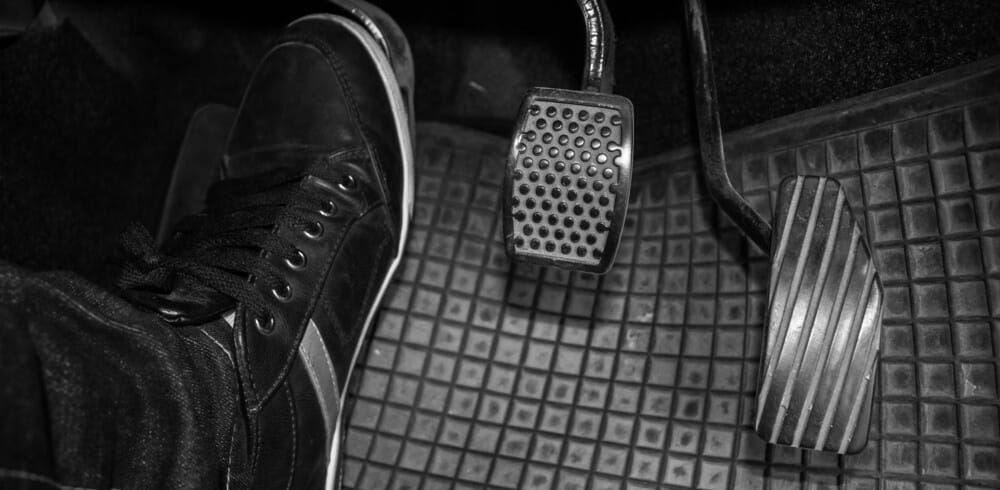
When your clutch starts to get worn, the clutch pedal will start to move the car higher and higher up.
There was an adjustment you made to prevent this from happening once the clutch was getting worn on older cars. Often the mechanics made this adjustment to every service.
Newer cars use a hydraulic clutch system which will make this adjustment by itself, and therefore adjustments are not needed.
Unfortunately, this means that if the clutch is getting so bad that the hydraulic system can’t adjust it anymore, it is definitely time to replace the clutch.
3. Clutch Feels Soft While Pressing
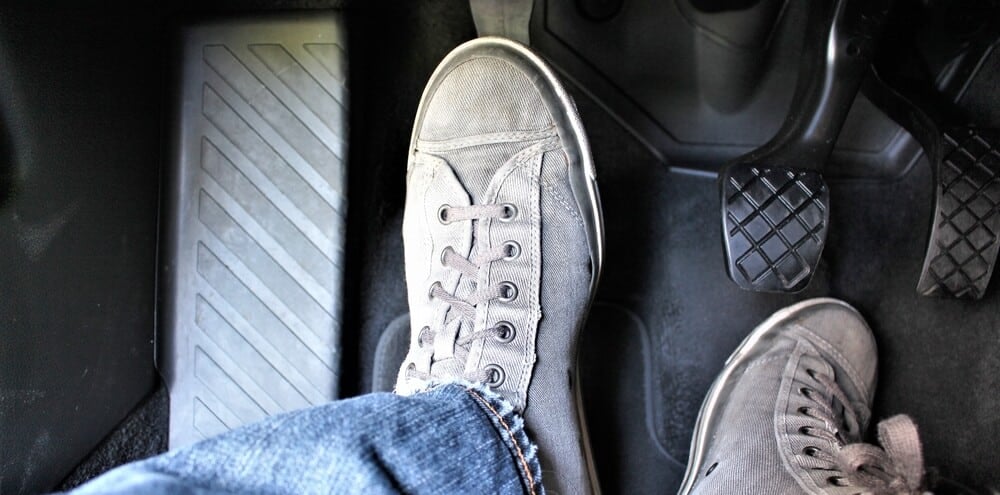
The clutch assembly is often quite heavy, and it normally requires some force to press the clutch pedal, especially on older car models or higher-performance cars.
If your clutch pedal seems much softer than usual when depressed, it can mean that there is a problem with the clutch’s pressure plate, and you may need to have the clutch assembly checked.
4. Trouble Shifting Gears
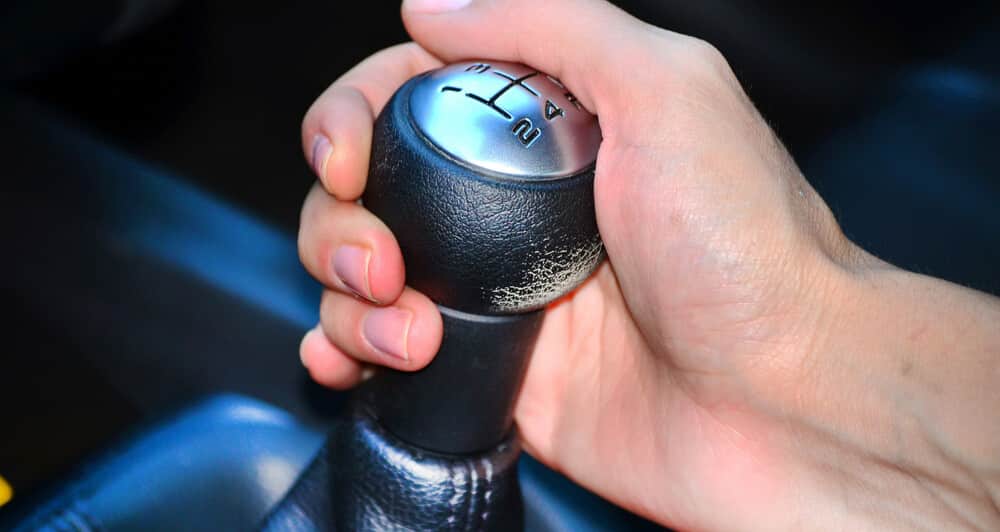
If your clutch and gearbox are in perfect condition, you will notice that the gears shift smoothly and without hindrance.
The purpose of the clutch is to release the force between the engine and the transmission so you can make an easy shift to the next gear. If the clutch fails to release the connection between the engine and gearbox, you will find it extremely difficult to shift gears.
When the clutch is bad, this often happens on all gears, so if you notice that your car’s gear shift has become difficult lately, it is definitely time to check the clutch.
5. Noise When Pressing the Clutch
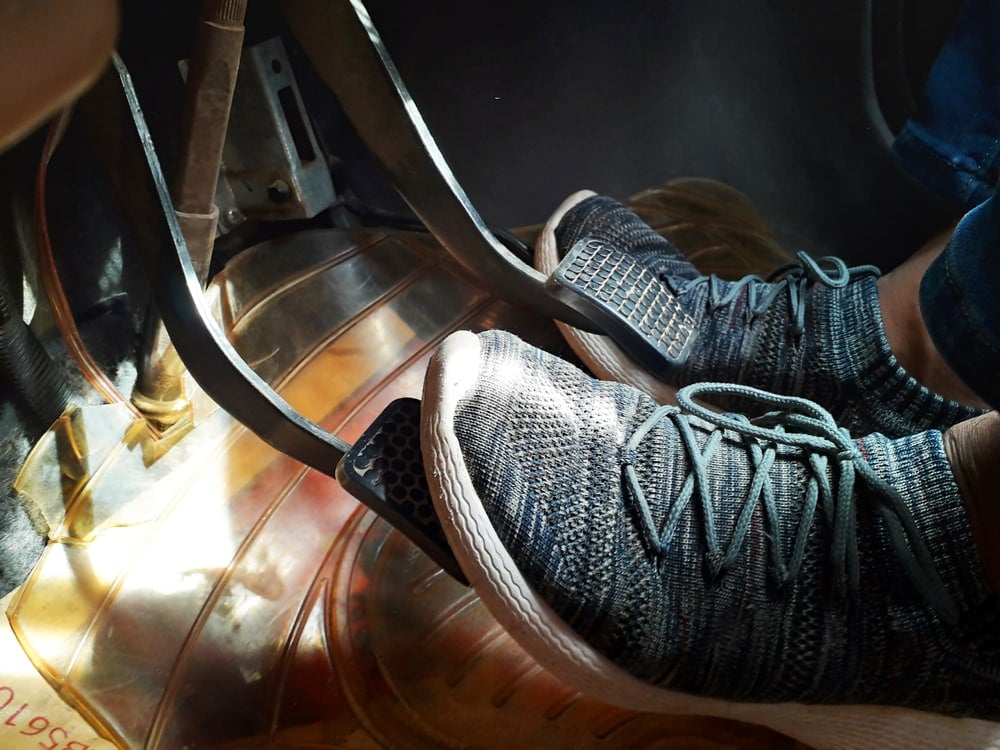
If you hear a certain grinding noise from the engine compartment when pressing the clutch, this can mean that the clutch pressure plate or the throwout bearing is damaged or defective.
The throwout bearing is the bearing that is pressing the clutch pressure plate to release the clutch, and this bearing is always replaced together with the clutch.
The noise can also come from a loose part inside the clutch plate or clutch disc if you are unlucky. If you hear a noise coming from somewhere near the clutch, it is definitely time to check it.
6. Clutch Pedal Feels Stiff
If the clutch pedal feels stiff, it can mean that there is something wrong with the clutch pressure plate.
However, a hard clutch pedal can also mean something wrong with the hydraulic clutch system, like a faulty slave or master clutch cylinder. Therefore, it is important to make a proper diagnosis before you decide to replace the clutch system.
7. Clutch Pedal Stays on the Floor
In addition to the possibility that the clutch is too loose or too stiff, it can sometimes stick to the ground.
This points to a problem with the clutch plate, throwout bearing, or hydraulic system.
If you have this problem with your car, you need to diagnose the clutch’s hydraulic system before replacing the clutch.
RELATED: Symptoms of a Bad Clutch Master Cylinder
Function of the Clutch

The clutch is used to transmit the torque from the engine to the gearbox. The clutch controls the connection between the shafts that turn the gearbox and the shafts that come from the engine.
The clutch’s main function is to release the connection between the engine and gearbox so you can shift to the next gear easily. It is also used to get your car going on first gear from zero speed.
It is actually possible to shift gears without using the clutch, but to do this; you need to match the engine RPM to the gearbox speed, which requires some skills. It will also wear down the gearbox very quickly.
Clutch Location
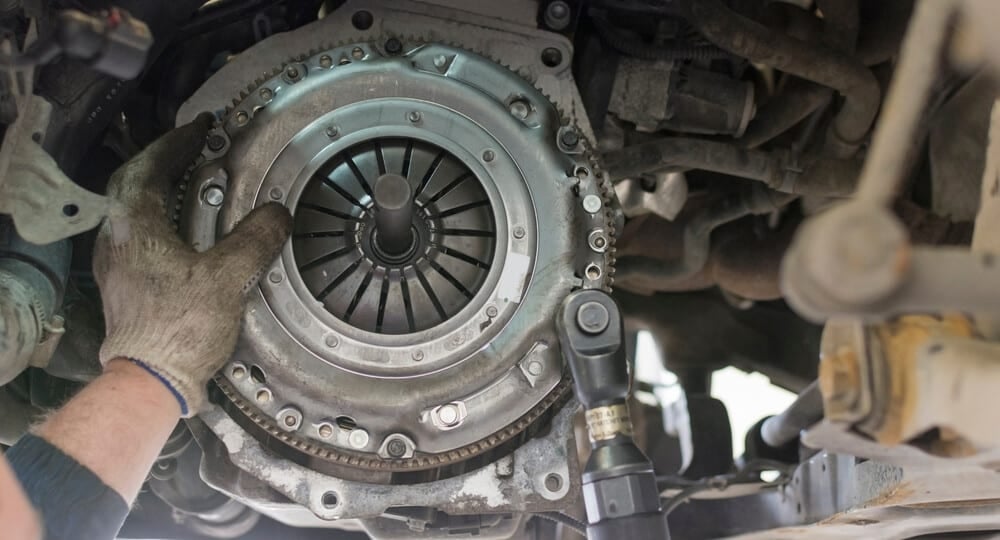
The clutch is located between the engine and the gearbox. It is often hidden under the gearbox housing, and it is therefore impossible to inspect without removing the engine’s gearbox.
Some car models have inspection covers that you can remove to see the clutch. It will be difficult to see any problems with the clutch without removing it.
Clutch Replacement Cost
The average clutch replacement cost is between $500 and $2000, depending on the car model and labor costs. A complete clutch kit often costs $200 to $400, while the labor costs $300 to $1500.
It is not enough to just replace the clutch disc. You also have to replace the clutch pressure plate, throwout bearing, and sometimes the flywheel.
Luckily, there is often a complete clutch kit that requires everything you need, reducing the price a little bit.
Replacing the clutch is often a difficult and time-consuming job as you need to remove the gearbox completely, and to do this, you need special tools.
Many clutches pressure plates also need to be adjusted with some special tools after installing them, and because of this, it is not recommended to replace the clutch if you only have basic car knowledge.
You can expect a total labor cost of 300$ to 1500$ if you let a repair shop do it for you, depending on the car and gearbox model.
How long should a clutch last?
A clutch should usually last for at least 140,000 miles. If it fails sooner than that, it may be due to driver error. However, there is no definitive answer, as there are many factors that influence clutch lifespan. Driving style, the weight of the vehicle, and the quality of the clutch are a few of the factors.
Can you drive a car with a worn clutch?
No. It is not recommended to drive with a worn clutch, especially if it slips. If it slips and you drive your vehicle hard, it will burn the clutch and create a lot of heat in the transmission. It can cause so much heat that the clutch explodes, which may destroy your transmission and engine parts.
How do I stop my clutch from wearing?
The best way to stop your clutch from wearing is to stop “riding the clutch” and rest your foot on the clutch pedal while driving. You should also shift carefully and keep the RPM down. But if your clutch is already slipping, there’s nothing else you can do but replace it.
What does a worn out clutch smell like?
A worn clutch that slips smells pretty much like hot brakes if you’ve ever experienced it. You can also identify a worn out clutch smell as a very strong smell of burning rubber.
Categories: Transmission
